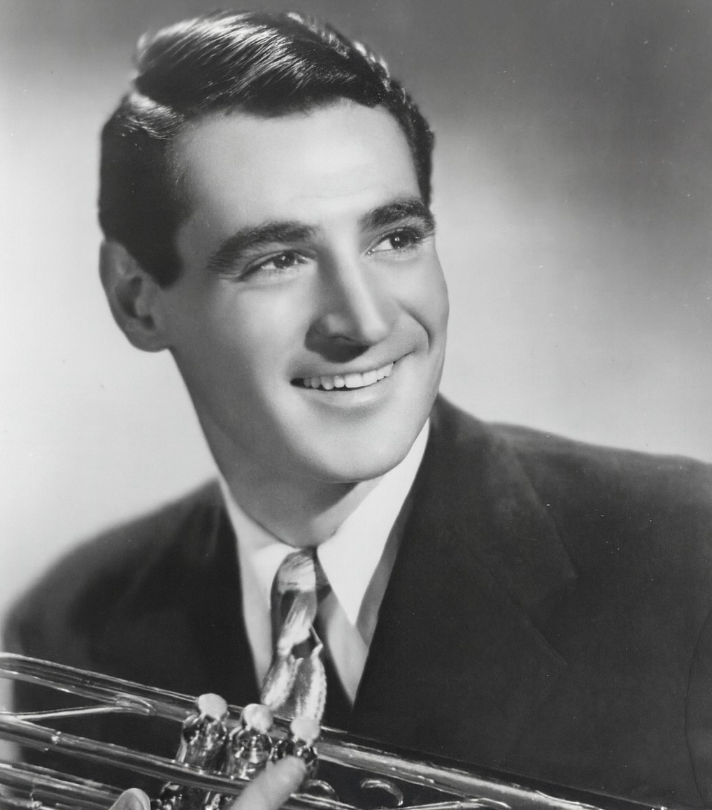The clock should have silenced them decades ago. Time, after all, has a way of erasing names, fading voices, dimming lights. Yet they remain—defiant, luminous, relentless in their ability to remind the world that growing older does not mean disappearing. Every year, an audience, a critic, or a society conditioned to measure worth in youth expects a farewell, an acknowledgment that their moment has passed. Every year, they step back into the spotlight, quietly ignoring that expectation, offering the world the rare gift of persistence. Across film, music, television, activism, and more, entire eras of culture and history live inside their memories, and yet, with astonishing generosity, they keep giving, keep sharing, keep speaking truths that only decades of experience could teach.
They are living bridges to worlds that exist now only in grainy black-and-white photographs, in crackling vinyl recordings, in whispers of memories told by older relatives or archived footage long buried. Elizabeth Waldo, for instance, has spent a lifetime preserving indigenous music, capturing its rhythms, its stories, its sacred power, not merely to honor the past but to equip new generations to listen differently, to recognize the beauty, depth, and intelligence in sounds that predate modern invention. Each note she preserves is a connection, a lifeline to forgotten wisdom, yet one that feels profoundly present, resonant with life today. Karen Marsh Doll carries in her mind the memories of cinematic giants—the glittering worlds of The Wizard of Oz, Gone with the Wind, and countless other landmarks—transforming distant legends into something intimate, human, and accessible. She reminds audiences that behind the myths, behind the historical landmarks, there were real people, real struggles, laughter, and tears. Ray Anthony’s music continues to pulse with the heartbeat of packed dance floors, smoky ballrooms, and swinging big-band venues, encapsulating the very energy, swagger, and audacity that defined American music at its most vibrant. Every performance, every recorded note, carries decades of collective memory, and yet it remains immediate, alive, as if the night’s revelry never ended.
On screen, the contributions of June Lockhart, Eva Marie Saint, Dick Van Dyke, Mel Brooks, William Shatner, and Barbara Eden form a mosaic of rare mischief, elegance, and grace. Their work proves that wit, charm, and intelligence are not bound by age, that humor can remain sharp, subtle, and devastatingly effective even as the years accumulate. Clint Eastwood, Sophia Loren, Michael Caine, Julie Andrews, Shirley MacLaine, Al Pacino, and Jane Fonda demonstrate that late-career work can, in fact, be among the boldest, most daring, most challenging endeavors of an artist’s life. With each role, each performance, each public appearance, they defy a society that insists on measuring relevance by novelty or youth. They quietly dismantle the lie that relevance has an expiration date, that talent, wisdom, and vitality must fade as the calendar advances.
More than entertainers, they are teachers, historians, and witnesses. Their stories carry lessons not found in textbooks—about perseverance, adaptability, and the quiet, stubborn power of showing up. They have lived through revolutions, cultural renaissances, political upheavals, technological transformations, and social revolutions. Their lives are time capsules that hold both the triumphs and the mistakes of generations past, offering insight, caution, and inspiration to those willing to pay attention. Through interviews, memoirs, performances, and casual appearances, they transmit a knowledge that cannot be replicated digitally or algorithmically: the weight of experience, the gravity of surviving, thriving, and continuing to create against all odds.
Even in moments of vulnerability, of public fatigue, or physical limitations, they teach resilience. They remind the world that visibility is not merely a privilege but a choice—a deliberate refusal to shrink in the face of ageist assumptions, societal indifference, or the invisible ticking of the clock. To watch them perform, speak, or simply exist in public spaces is to witness a rare defiance: a refusal to allow the years to define the boundaries of possibility. Their continued presence challenges everyone around them to reconsider the meaning of aging, relevance, and contribution. It is not about clinging to former glory but about embracing every stage of life as an opportunity to create, to connect, to astonish, and to inspire.
In an era obsessed with novelty, these figures offer continuity, depth, and context. They remind us that culture is a relay, passed hand to hand, generation to generation, and that each voice, no matter how long it has spoken, has the power to shape the conversations of tomorrow. They are reminders that history is not static, that memory is alive, and that the legacies of those who refuse to vanish quietly into the night are among the most powerful forces in our collective imagination. Through decades of work, through triumphs and failures alike, they illuminate what it truly means to live fully, to remain present, and to contribute not just in youth but throughout a lifetime.
Ultimately, they teach a lesson as profound as any performance: aging is not the end of influence; it is a stage of reinvention. Every performance, every note, every scene, every story told from the lived experience of these artists confirms that human creativity, courage, and vitality can endure, evolve, and inspire long after the headlines have forgotten the dates, and long after the world has assumed the applause is over. Time may march on, but those who refuse to bow quietly to its rhythm continue to shine, blaze new trails, and remind us all that brilliance does not expire—it only deepens.
